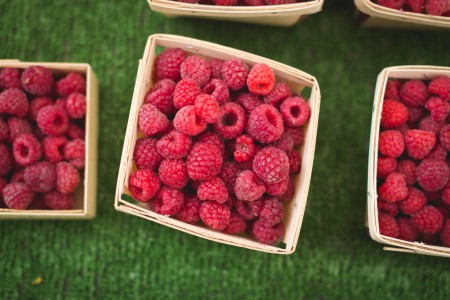What’s in Your Snack Drawer?
Typical snack foods contain added sugars, preservatives, and refined carbohydrates, all of which provide little nutrition for growing bodies. Research shows sweet snacks such as cookies, cereal bars, and cakes continue to supply the largest share of snacking calories, a number that has more than doubled from 1977-2006. So, what is a “good” snack, see some tips here:
Keep it Fresh
Fruits and veggies. We simply don’t get enough of these in our diets! CDC recommends about 5 cups of fresh fruits and veggies per day for adults. Limit snacks to either fresh fruits or veggies.
Can’t be fresh? Then snack on calcium-containing foods like yogurt, cottage cheese or kefir. In addition to fresh fruits and veggies, calcium is not consumed enough.
Size Matters
One of the biggest mistakes parents can make is to provide too many snacks to their kids, for that they will not be interested in eating their meals. Keep it small, and remember the next meal is right around the corner.
Consider the Time
Avoid snacking on anything within one and a half hours before meals. Snacking too close to meals will typically will prevent us from being hungry at mealtimes.
Bottom line, snacks may be necessary to give our bodies a boost in order to get to the next meal, however be careful what you consume to ensure we are not getting too much of a good thing. Contact Lara to learn more about healthy snacking.
Would you like some snack ideas? Check out Lara's resource 25 Healthy Snacks for Kids.
